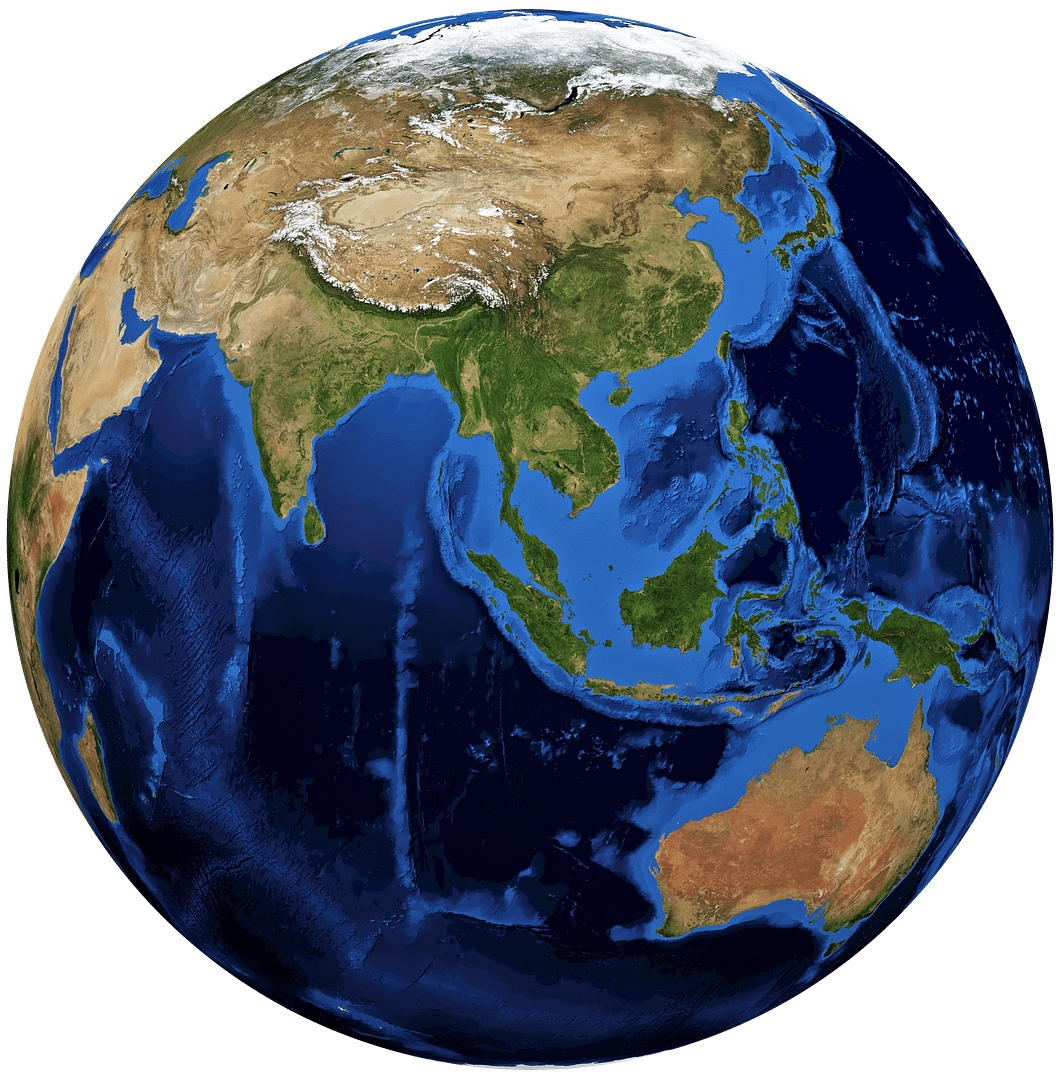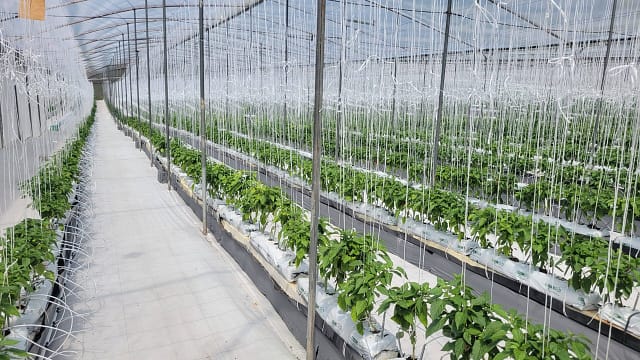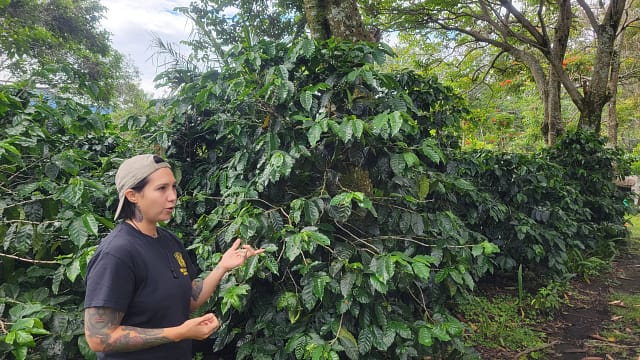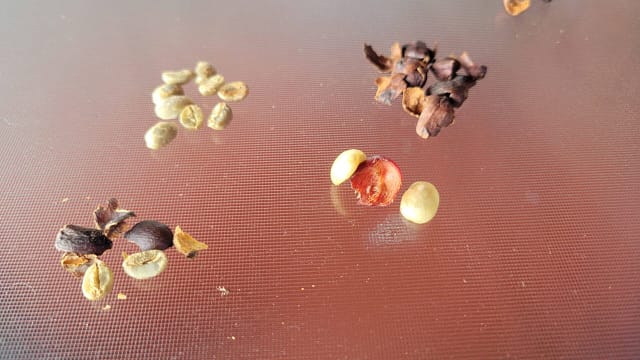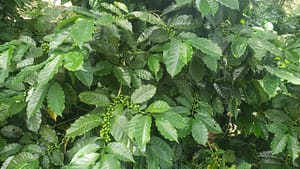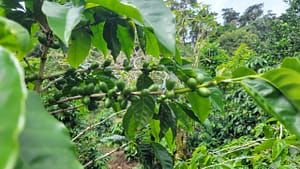Let’s set the record straight up front. We’re tea people. We’ve owned a tea company for the better part of 10 years and regularly import tea by air and ship from Asia. We also import rooibos and honeybush from South Africa. So we understand variations in taste, quality, growing, and labor conditions that impact agricultural products. We are not coffee people. Or, at least we weren’t before visiting Panama. A number of our wholesale (coffee shop) customers really know coffee and they implored us to try Geisha coffee while in country.
As luck would have it we had already planned to be in Boquete to hike Volcán Barú. It turns out Boquete is also the best producer of Geisha coffee in the world (based on price per pound sold at auction). So why not develop our coffee palate?
Santa Elena Estate
Our first coffee plantation visit during our trip to Boquete was Santa Elena Estate. We dropped in unannounced and after a bit of confusion met Roberto, the son of the owner, and the manager of the coffee estate. Roasted coffee under the Cafe DeLino brand.
Roberto graciously spent two and a half hours walking us through his finca (estate) how great coffee really starts at the farm.
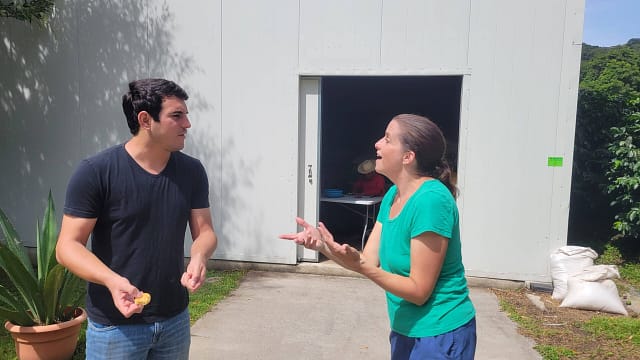
He also passionately described how important it was to focus on building a healthy transplant stock, having a mix of varieties, and exploring new cultivars that may be more resistant to both rust and the effects of climate change. As we also learned, a number of coffee producers also grow other crops. At the moment this is often peppers.
See more photos and read more about our visit to learn about great coffee at Finca Santa Elena.
Finca Dos Jefes
We found an equally passionate guide for our visit to Finca Dos Jefes which exports coffee worldwide, especially to Germany, and sells its own roasted coffee under the brand Cafés de la Luna.
Our guide Amy provided an interesting juxtaposition on passionate coffee growers. Unlike Roberto at Santa Elena, Amy focused more on social and environmental aspects as well as what coffee means to Panama.
Of particular interest at Finca Dos Jefes, was to learn about the traditional washing process for coffee as opposed to the natural process. There are certainly environmental and taste differences which we loved. But the big stand out for us was cascara tea. We’ve been asked for it in the shop before but now we know, its the outer skin of the coffee cherry, when dried via the natural process!
See more photos and read more about our visit to learn about great coffee at Finca Dos Jefes.
Like Any Agricultural Product Coffee Has Challenges and Opportunities - Some Global and Some Panamanian
As you would expect there are plenty of challenges in the coffee industry, just like in tea, and plenty of other agricultural crops. During our time with Finca Santa Elena and Finca Dos Jefes we learned a lot about coffee and got a couple different perspective from growers. We also came away with a much better understanding for why we like some coffee and dislike others.
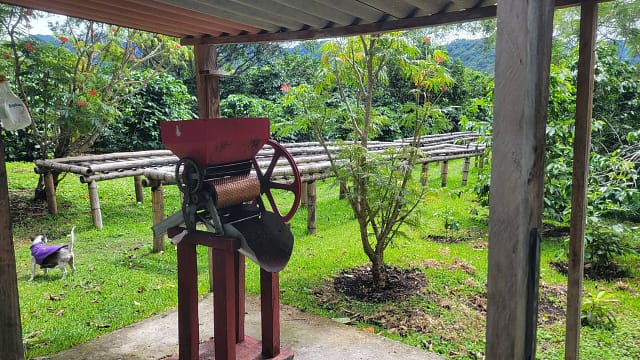
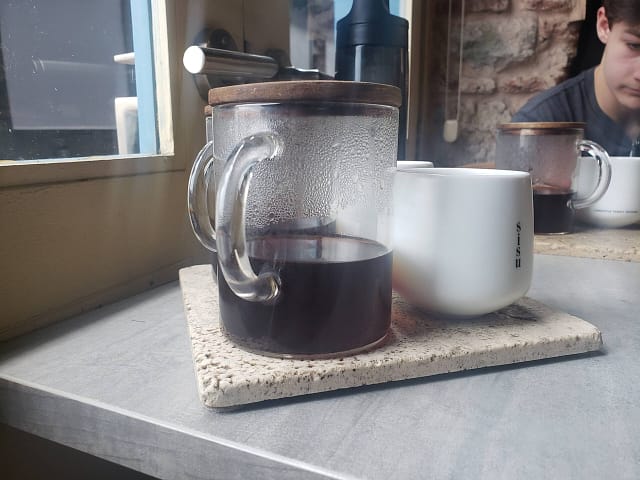
Coffee is Not Coffee
The first thing to understand is that coffee, while considered a commodity, is only that in mass quantities (e.g. Starbucks, Maxwell House, or generally most global grocery store names). These products likely spend a year or more in supply chain and must have a consistent taste. So producers blend many batches from many estates and normally produce a dark roast. Doing this allows you to roast away the complexity and differences found between batches, producing a consistent product. Like tea, we personally value the complexity and differences batch to batch and year to year. Hence, why we dislike most coffee and even global tea brands.
Light, Medium, and Dark Roast Coffee
Roasting temperature and the resulting light, medium, and dark roast coffee results in different characteristics. And, different markets value these differently. Americans, for example, are accustom to and thus prefer, dark roast. This works well for large brands selling to grocery stores. Many Asian consumers, notably the Japanese as highlighted on our trip, prefer a light roast, with more floral notes and generally more flavor complexity.
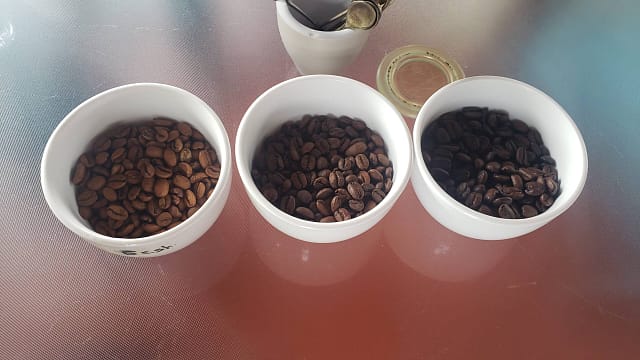
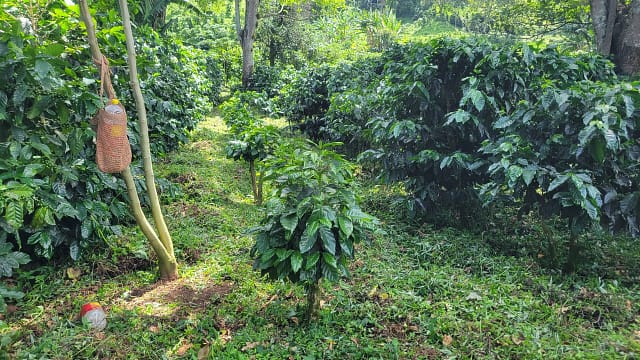
Coffee Market Crash
Panama, and Boquete in particular, have seen a good deal of coffee plantations abandoned or converted to other crops. The market crash for coffee in the late 90’s to early 2000’s was a significant driver for this. The price per pound of processed coffee bean – to farmers – lost 2/3 of the value during this time. The result was fewer farms, poor production practices, and shortcuts to try to maintain profitability.
As with tea, wine, and many other crops, farmers aren’t making a living from farming alone. Many have to take on additional jobs to support themselves. Some need to quickly convert coffee beans to cash. They forego value added processing like natural coffee processing, producing cascara, or roasting, because these activities increase the time between harvest and cash receipts. Still others, as is the case with Finca Dos Jefes subsidize their income with coffee tours. Others, like Finca Santa Elena, diversify into other crops, like peppers. And still others like Kotowa, move far beyond coffee into eco-tourism, creating resorts with zip lines, hiking, coffee tours, unique hotel options, and even growing tea!
Gesha or Geisha Coffee
It seems the pinnacle of coffee greatness is Geisha Coffee. Many of the estates in Boquete grow it. Stories about the name abound. We were told that the floral, almost tea-like, qualities of the coffee are so popular in Asia, and Japan in particular, that the name Geisha, instead of Gesha, was adopted. As it turns out this coffee variety, originally adopted as it was rust resistant, is actually from the Gesha region of Ethiopia. Henceforth, we’ll use the term Gesha — here is an in-depth article outlining multiple reasons why it’s the better term.
The Trouble with Gesha Coffee
We absolutely loved the Gesha Coffee. It is normally a light roast, allowing the complex, citrus and fruity notes to be expressed. This complexity is what we love about green, white, and oolong teas, so it makes sense that we would love Gesha too. However, Gesha may be a bit of love-hate for coffee producers.
Gesha Coffee plants, as you may note if you look closely at the photo above, has a particular growth habit. The cherries grow in clumps, spread out along the branch. Arabica and Robusta by comparison have lots of cherries consistently spread out along the branches. This difference translates into fewer cherries per plant. The profits then, per acre, are much lower without being able to sell the coffee at a premium.
The plant also produces the highest quality at higher elevations on steep mountainsides. So, now you have a plant that already produces fewer cherries, and now requires higher labor costs for both maintenance and harvesting.
Lastly, its a matter of taste. Many of the largest markets for coffee, like the United States, favor dark roast. Producing a dark roast yields a consistent flavor, but one that “burns” away the subtle flavors and complexity for which Gesha Coffee — which should always be a light roast — is known. Doing a dark roast of Gesha is pointless. However, dark roast is, by and large what the United States market demands. Indeed the majority of the US market doesn’t know, appreciate, and thus buy, light roast coffee.
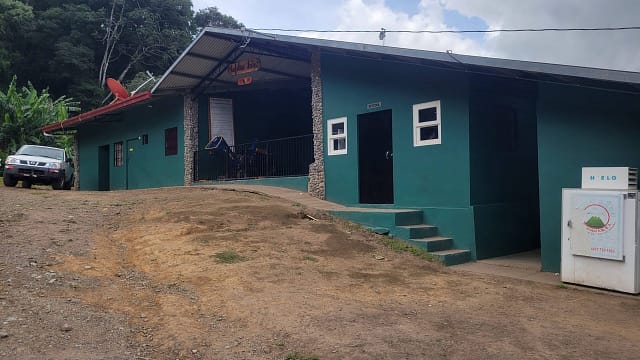
Labor Needs, and Reality
Like many other agricultural products, coffee production needs a significant amount of human labor. This is especially so for higher quality products that grow on steep mountains at elevation. In Panama, or at least in Boquete, most of the picking is done by the Ngäbe-Buglé Comarca. These are indigenous people who live in special regions of the country.
The Comarca designation allows them to control the land use and have significant autonomy from the Panamanian Goverment. However, they often live far from larger cities in more traditional housing and villages. And, schooling for children is often limited especially for high school and beyond. If available it may mean walking many miles to attend.
Pickers at the coffee plantations are often given a place to live in addition to pay for picking. However, housing conditions for pickers and their families, as well as pay can vary considerably. Plantations that already struggle with low coffee prices and lack of revenue diversity will likewise often struggle to provide higher pay and conditions for those to pick coffee.
Climate Change and Environmental Impacts of Coffee Production
Coffee rust is certainly a big problem here as it is around the world – it wiped out the entire coffee industry from Sri Lanka leading to conversion to tea. This was a boon for us as some amazing black tea comes from Ceylon (Sri Lanka).
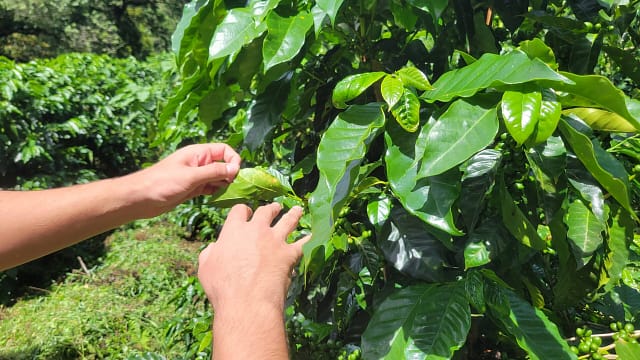
During our visit to the coffee estates in Boquete we also learned about how they are impacted by climate change, beyond simply rust. We also learned how the production of coffee itself can be better or worse for the environment. Plantation economics and the approach taken by owners and managers can have a huge impact. More on this in our in-depth posts on Finca Santa Elena and Finca Dos Jefes.
There is Great Coffee in Boquete
Our hosts at both Finca Dos Jefes and Finca Santa Elena were passionate, but in their own way, about how great coffee is produced in Panama. We go into a bit more detail in the individual posts for each. Suffice to say, we have a new appreciation for the global coffee industry and, when we drink it, we will do our best to look for single estate, light roast, from a grower we believe is transparent about their labor and production practices.
